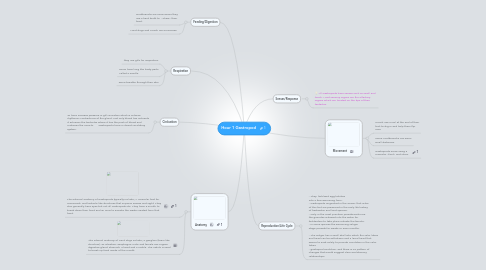Hour 1 Gastropod
作者:Karla Lockman

1. Anatomy
1.1. The external anatomy of Gastropods typically include; A muscular foot for movement, and tentacle like structures that improve senses and sight. They also generally have eyes but not all Gastropods do. They have a mouth to break down their food and an anus to excrete the waste created from that food.
1.2. The internal anatomy of Land slugs include; a ganglion (brain like structure), an intestine, esophagus, male and female sex organs, digestive gland, stomach, a heart and a radula. The radula is used to break up food inside of the mouth.
2. Respiration
2.1. they use gills for respiration
2.2. some have lung like body parts called a mantle
2.3. some breathe through their skin
3. Circluation
3.1. To have increase pressure in gill circuation which is achieve rhythemic contractions of the gland. Not only blood has nutrients it achieves the tentacles where it has the push of blood and motieves the muscle. Gastropod's have a closed circulatory system.
4. Feeding/Digestion
4.1. Nudibranchs are carnivorous they use a hard tooth to "chew" their food.
4.2. Land slugs and Conch are omnivores.
5. Senses/Response
5.1. All Gastropods have senses such as smell and touch. Most sensory organs are the olfactory organs which are located on the tips of their tentacles.
6. Movement
6.1. Conch use a nail at the end of their foot to dig in and help them flip over.
6.2. Some Nudibranchs can swim small distances.
6.3. Gastropods move using a muscular "foot" and slime.
7. Reproduction/Life Cycle
7.1. - They fertilized egg hatches into a free-swimming form. - Gastropods originated in the ocean, that relics of this fact are preserved in the early life history of freshwater and land species. - Only in the most primitive prosobranchs are the gametes released into the water for fertilization to take place outside the female. - In some species the swimming veliger stage persists for weeks or even months. - The veliger has a small shell into which the velar lobes and head can be withdrawn and a larval heart that seems to exist solely to provide circulation in the velar lobes. - gastropod evolution, and there is no pattern of changes that would suggest clear evolutionary relationships


